Brigid,
eternally good woman,
bright, golden,
quickening flame.
May she carry us
to the eternal lands.
She, radiant fire
of the sun.
11th century
Irish Liber Hymnorum
February 1st honors St Brigid, the fifth-century nun from Co Kildare reputed to have performed miracles and healed the sick. The legend of Brigid stretches back to pre-Christian mythology, when she - as daughter of the chief of the gods - was a goddess herself.
February 1st is when many modern Pagans celebrate the fire festival of Imbolc sacred to the Gaelic goddess Brigid of Ireland. Imbolc signifies the spark of the light of Spring in the heart of Winter and so the fire at Imbolc symbolizes the returning light and the coming of Spring. It is a time for re-connecting to the slower and deeper meaning of natural rhythms of the seasons.
Brigid was a fire Goddess, patroness of poets, seers, dairymaids, midwives, new-born babies and smith-craft; she was the heart and fire of the hearth that was the centre of home and community. She was invoked for protection in childbirth and agriculture. As the Muse and protector of the poet-seers, her visions, and prophecies were associated with the transforming alchemical fire of change.
In Ireland, the ancient Celtic stories of the Goddess gradually merged with the early Christian tales of the nun and abbess who became St Brigid - a powerfully inspired woman, born in the mid-fifth century. Brigid started several monasteries, including Kildare Abbey at which the eternal flame of Brigid burned. For many centuries, there were 19 virgins (originally priestesses and later nuns) who tended Her eternal flame at Kildare. There they are said to have sung this song (until the 18th century):
"Bride, excellent woman,
sudden flame,
may the fiery, bright sun,
take us to the lasting kingdom."
The contemporary Brigidine Sisters continue the tradition of St. Brigid in several parts of the world, saying: "There is mystery at the heart of what holds us together, expressed in shared symbols, stories and experiences."
Brigid is said to walk the earth on Imbolc eve.
Before going to bed, each member of the household may leave a piece of clothing or strip of cloth outside for Brigid to bless. The head of the household will smother (or “smoor”) the fire and rake the ashes smooth. In the morning, they look for some kind of mark on the ashes, a sign that Brigid has passed that way in the night or morning. The clothes or strips of cloth are brought inside, and believed to now have powers of healing and protection.
May Brigid bless your home.



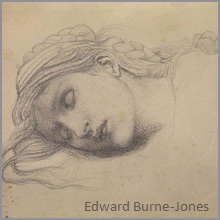
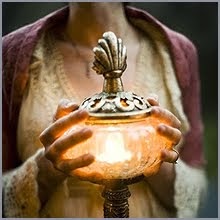
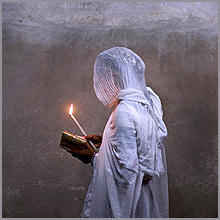
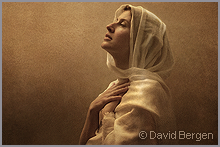
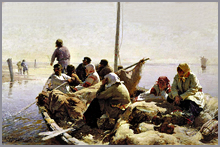
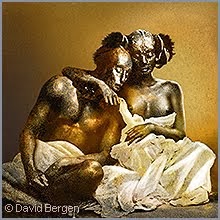


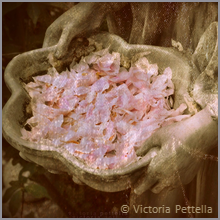
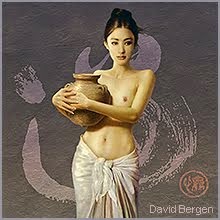
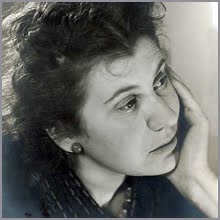
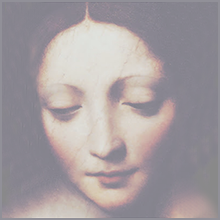
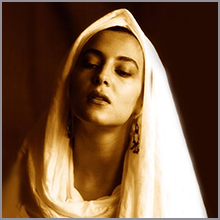
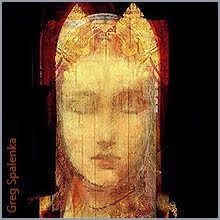
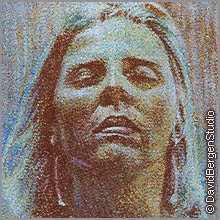







.png)



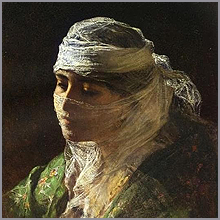
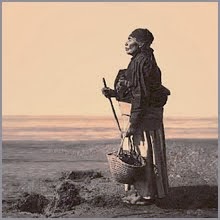

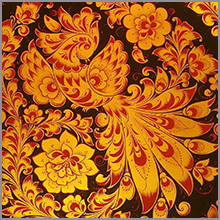

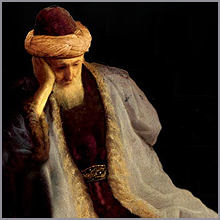
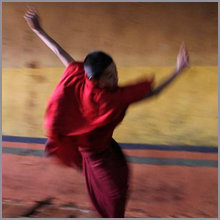





No comments:
Post a Comment